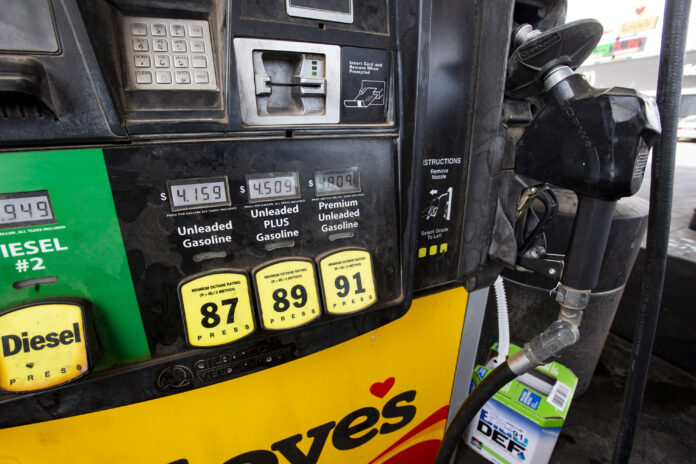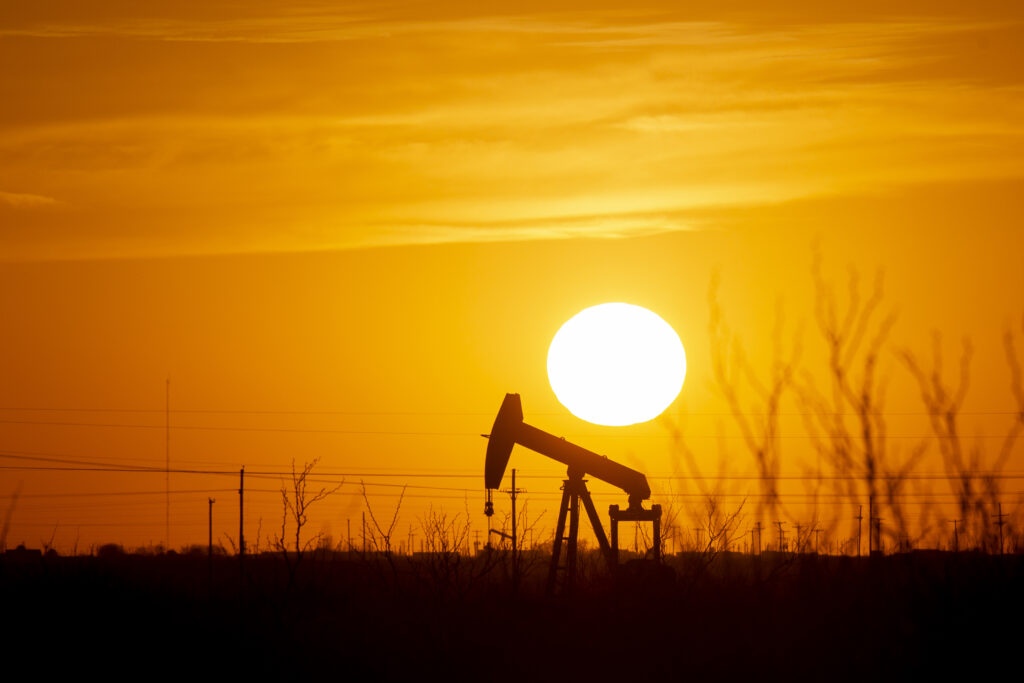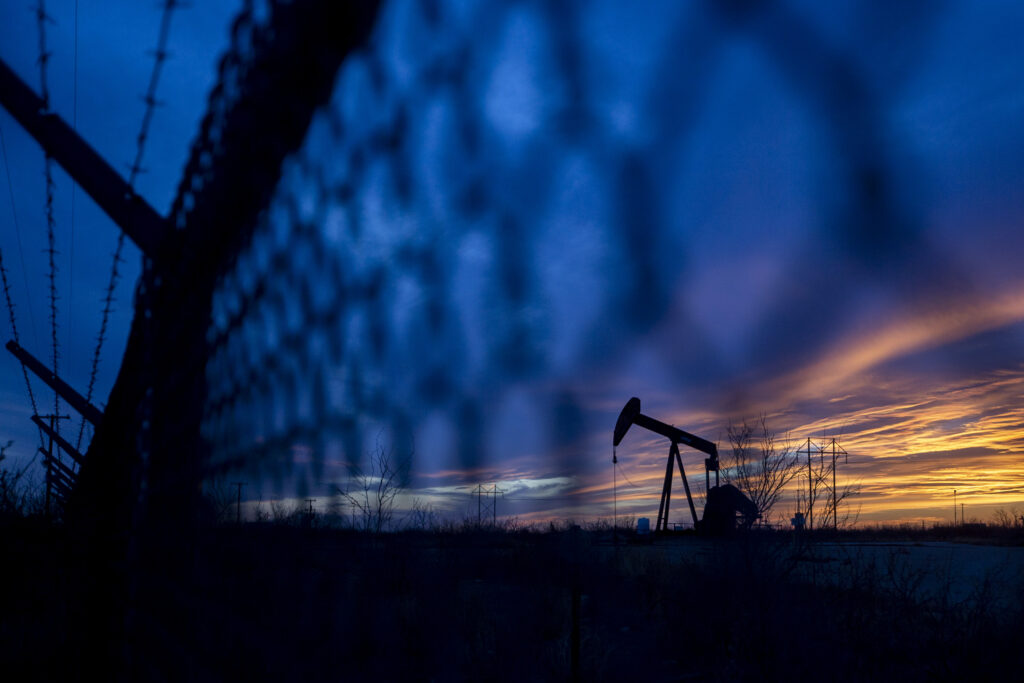
The Biden administration has been caught with its pants down on energy policy as the war in Ukraine has put a new and much more favorable light on American production, energy spokesmen say.
Having spent the past year trying to slow down new oil and natural gas leasing on federal lands, halting construction on the Keystone XL Pipeline from Canada and in other ways impeding production, the administration finds itself faced with the newly controversial American dependence on Russian oil and the sudden urgency to ramp up production, the spokesmen say.
And figuring into this all-new day are the oil and gas prices bouncing around daily on an ocean of uncertainty and spikes in gasoline prices at the pump.
Permian Basin Petroleum Association spokesman Michael Lozano said Monday from Austin that opening the available 9,000 federal leases to drilling in New Mexico, North Dakota, the Midwest, off-shore and other places would take at least six months with the need for more pipelines and an array of permits to be obtained at each site.
“There’s been a lot of discouragement for investments over the past year to 18 months,” Lozano said. “This confirms what we knew all along: that the work being done by the men and women of the energy industry is crucial to the national security and energy security of America and our allies.
“The Biden administration is between a rock and a hard place of their own doing because they unfortunately turned the energy industry into a political football.”
Having fluctuated by as much as $10 a day during the past week and a half, West Texas Intermediate Crude oil stood at $119.40 per barrel Monday afternoon while natural gas had gone from $4.62 per thousand cubic feet on Feb. 28 to $4.833 Monday.

Odessa oilman Kirk Edwards says Biden’s recent appeals for more oil from Saudi Arabia and other foreign sources now that Russia has made itself a global pariah are baffling. “Congressman August Pfluger just said picking Moscow over Midland makes no sense,” Edwards said.
“Luckily we live in Texas and the Permian Basin, where there are no federal lands.”
Edwards said Monday that the Biden administration should be ruing its Green New Deal-inspired reliance on renewable energy. “We’re seeing a free-for-all for energy right now because they had all their eggs in that basket and you can’t depend on wind and solar during a cold winter when there is no wind or sun,” he said.
“It all depends on what Russia is doing and how long they want this war to go on.”
Asked if Texas companies should build more refineries, Edwards said the 30 that are currently operating would be sufficient if they were expanded. There are 124 refineries in the country.
In a Monday report to the Odessa American, the Lattice Newswire detailed from San Diego, Calif., that Texas had the most proved crude oil reserves in the nation in 2019 with 18.6 billion barrels, which was 52 percent more than it had in 2014 due to advances in geological understanding, fracking and horizontal drilling.
Lattice Founder Mike LaFirenza said that while the current conditions “are unique and likely temporary, concerns about oil shortages are nothing new.

“Since before the energy crisis of the 1970s, experts have warned of ‘peak oil,’ the point at which production from available reserves reaches maximum capacity and begins to diminish,” LaFirenza said. “But despite predictions that oil production was poised for decline, the advances have actually expanded production in recent years.
“One important metric for capturing the growth in the oil industry in the U.S. is proved reserves,” he said. “The U.S. Energy Information Administration defines proved reserves as the estimated volume of hydrocarbon resources that are recoverable under current economic and operating conditions, which can shift based on new discoveries, shifts in production capacity or improved techniques and technologies. Proved reserves in the U.S. had peaked historically at 39 billion barrels in the early 1970s before falling by more than half, to 19 billion, in 2008. In the years since, proved reserves have spiked to above 44 billion barrels as new extraction techniques have taken hold.”
LaFirenza said Texas now has more than three times the total of the next-highest state, North Dakota with 5.9 billion, but New Mexico and Oklahoma have seen increases of 134 and 65 percent, respectively, over the past five years. 



